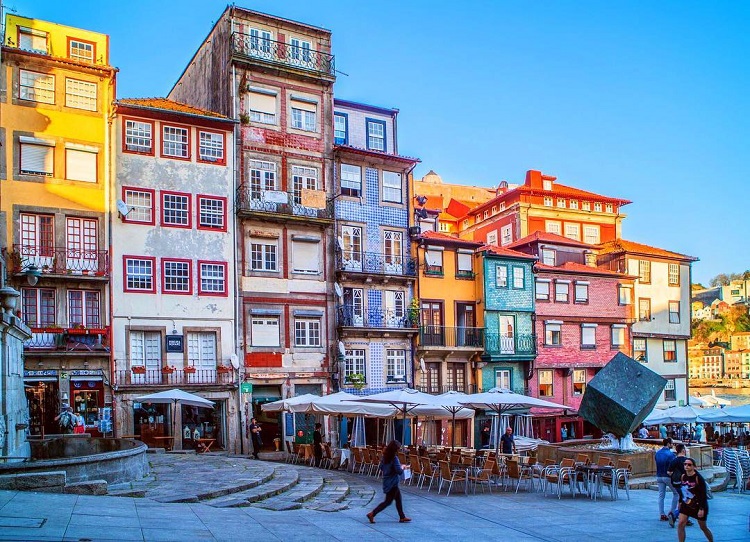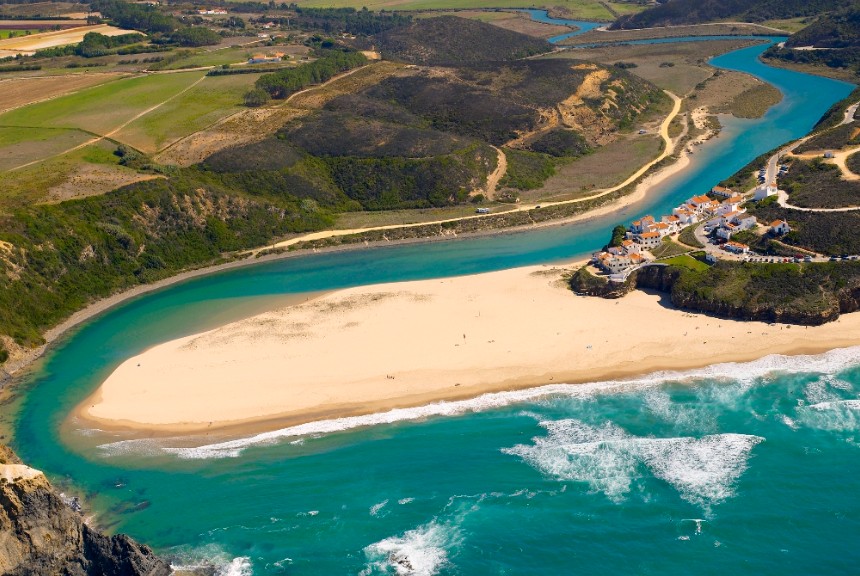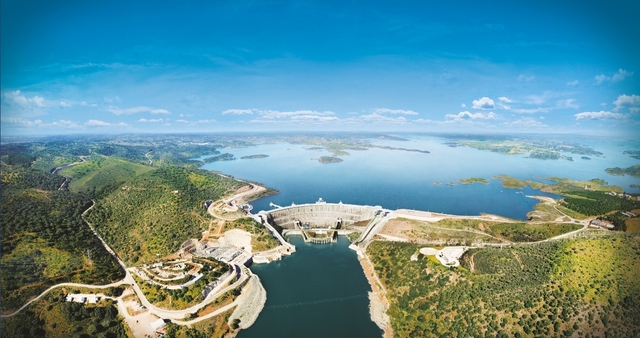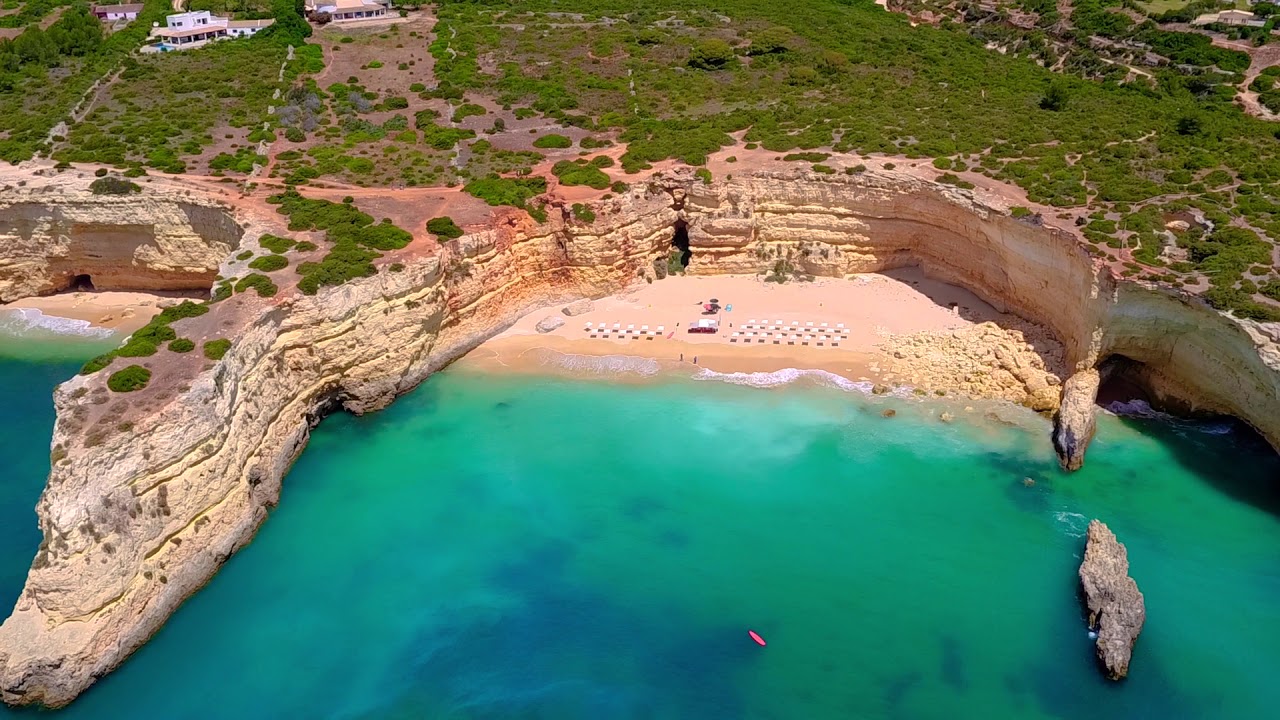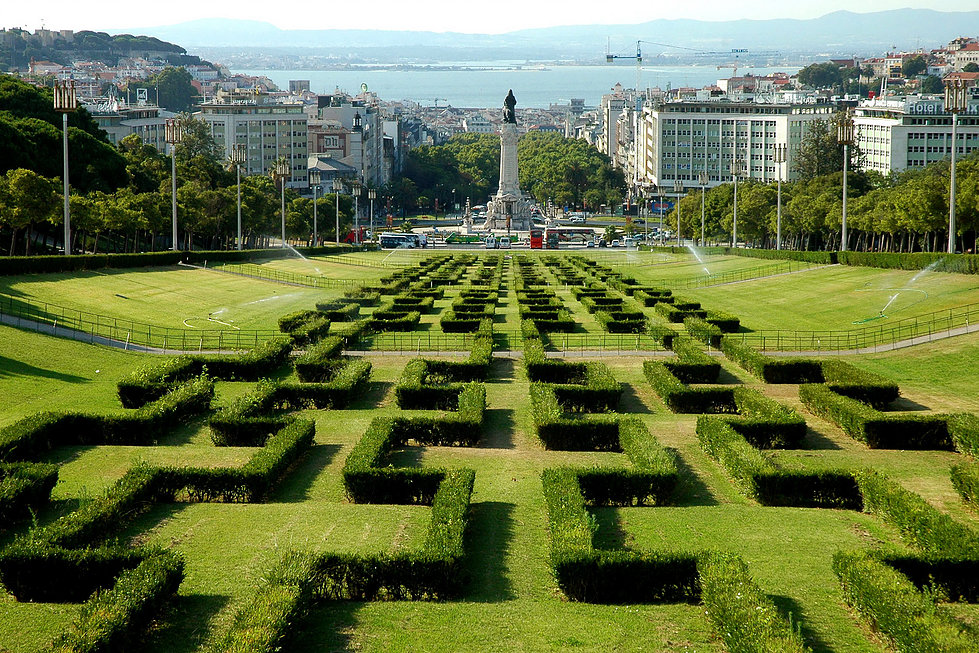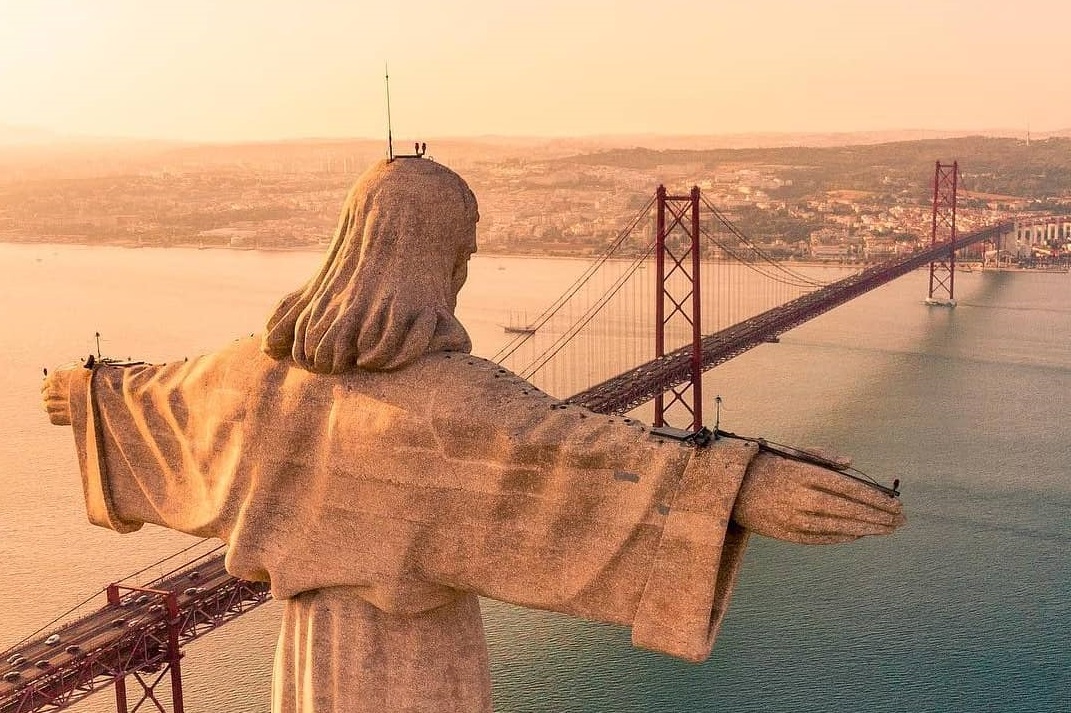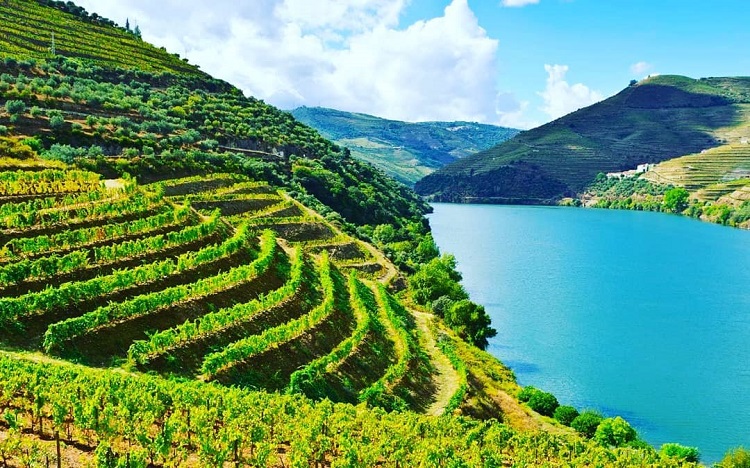This is one of the most characteristic streets of Porto.
If you go downhill you will see the Douro River peeking through the houses. If you are going up, I advise you to stop often to look back.
Not a very safe place to do at night unless you are in a large group of people. Ideally do it during the day.
Highlighting the Church of Nossa Senhora do Patrocínio, at the beginning of the climb, on the left.


